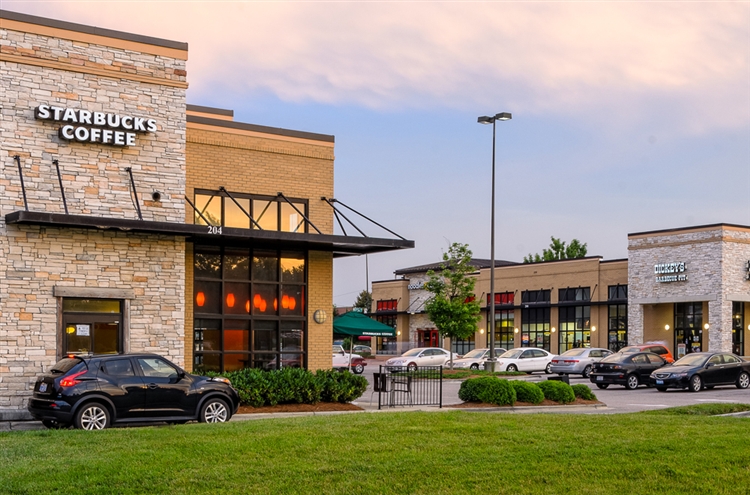Eutopia, Not Utopia
Today the word utopia usually refers to an imagined place or state of things in which everything is perfect—and more often than not it’s used with some measure of cynicism and caution. However, the word utopia actually comes from the Greek words: οὐ (“not”) and τόπος (“place”) and literally means “no-place”. It was coined by Sir Thomas More for his 1516 book Utopia, describing a fictional island society in the south Atlantic Ocean off the coast of South America. Places that lack character and distinction are not magic.
Eutopia, on the other hand, is derived from Greek εὖ (“good” or “well”) and τόπος (“place”), means “good place”. We don’t have to aim for perfect, but good? Yes, please. And good or great places are always specific to a time, place in the world, and culture of people. The more specific the better.
No Place Utopia
Characteristics of placelessness:
inauthenticity
monotony
uniformity
scalelessness
soullessness
lacking diversity
lacking nature
Unwittingly, most contemporary developers end up creating a true, no-place utopia. As James Kunstler has said, “If you were thrown in the trunk of a car, driven around America, and let out in any given parking lot, odds are you wouldn’t know if you were in Kentucky, Tennessee, or Washington until you checked the license plates around you.” Watch his exasperated yet hilarious elaboration in his TED Talk on this problem and solution.
Places with a sense of place
Kunstler shares, “Your ability to create places that are meaningful and places of quality and character depends entirely on your ability to define space with buildings, and to employ the vocabularies, grammars, syntaxes, rhythms, and patterns of architecture in order to inform us who we are. …The public realm has to inform us not only where we are, geographically, but it has to inform us where we are in our culture. Where we’ve come from, what kind of people we are… It needs to afford us a glimpse to where we’re going in order to allow us to dwell in a hopeful present.”
Examples
At their best, the places we make embody their time and place and culture.
Agadir, Morocco
Venice Beach, USA
Fujian, China
Rome, Italy
Jodhpur, Indian
Timbuktu, Mali
Of the earth
natural local materials
Siena, Italy is a fantastic example of a magical place, in large part because it is completely built from the actual earth from that site. When you enter the town it’s like the earth rises up around you, takes the form of 12th century Italy, and you are immersed in an color, smell, culture so distinct it has become a UNESCO World Heritage site, is still one of Italy’s most visited tourists sites, and it’s name is used internationally to describe the specific color of its earth. Siena is a masterful example of embracing and embodying terroir in a place.
Building with natural, minimally processed local materials is one of the surest and fastest ways to connect your project to it’s place. (And interestingly, instantly lends a sense of history and timelessness that tends to be desperately lacking in most new construction.)
Site-specific
Of course it’s easier and faster to level a place before you build, but that is a short-sited move. You are far more likely to achieve magic if you work with the site’s idiosyncrasies, quirks, topography, site lines, etc. The site-specific elements that come with your land are the first layer of character that can ultimately result in charm and make the finished result unrepeatable. Max points when you save the best features to be shared by the public.
Summary
Utopia actually means a placeless place. However, one of the marks of a truly beautiful and magical place is that it is completely unique to that time and place in the world, considering it’s land, climate, and the local human practices, much like the word terroir describes those aspects of a wine. It is the terroir of a wine that makes it special, just as the specificity of a place makes it special.









